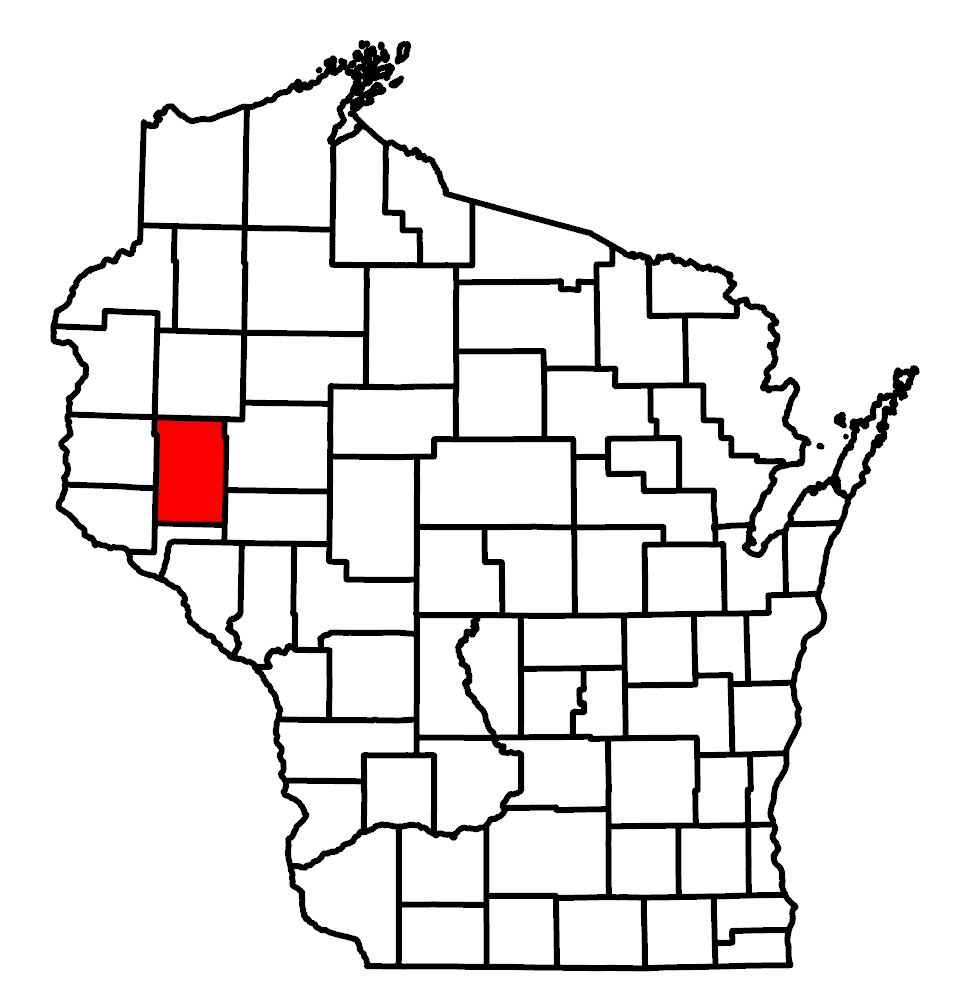< Highlighted Cases

The Town of Spring Brook, Dunn County, Wisconsin
Docket ID: 9831-CE-100
Application for a Certificate of Public Convenience and Necessity of Muddy Creek Solar, LLC to Construct a Solar Electric Generation Facility and Associated Facilities in the Town of Spring Brook, Dunn County, Wisconsin.
View and Download Project Map
Jump to Section:
Interactive Map
Use the interactive map to explore the project.
Tips for using the map
- Click the tiles in the upper left hand corner to Zoom in, Zoom out, return to the Default map view, or use the Find my location function.
- Click the tiles in the upper right hand corner to Search and Find address or place, toggle on/off Layers, choose a different Basemap, or Measure distance and area.
View Map in New Window
Application Summary
Overview
Muddy Creek Solar LLC (Muddy Creek or the applicant) is seeking approval to construct a solar energy generating facility with a generating capacity of 322 MWac (megawatt alternating current) plus a 300 MW battery energy storage system (BESS) in the Town of Spring Brook in Dunn County. The entire project study area that was evaluated is approximately 3,782 acres, of which, the proposed project arrays make up 1,884 acres, and the alternative project arrays make up 535 acres. The project substations, BESS, and operation and maintenance building would require approximately 8.07 acres. The major components of the proposed project include solar photovoltaic (PV) panels, power conversion units, inverters, approximately 49 to 31 miles of underground 34.5 kilovolt (kV) collector circuits, one substation, a newly-constructed 345 kV gen-tie transmission line of approximately 344 feet in length connecting the project substation to the existing electric grid, and an operation and maintenance building. Muddy Creek Solar is seeking a Certificate of Public Convenience and Necessity (CPCN) and all other approvals required to construct the project solar arrays, BESS, gen-tie line, and other necessary related facilities.
Applicant Stated Need
This project is proposed by an independent power producer. Therefore, the need for the project is not reviewed by the Commission.
Estimated Cost
This project is proposed by an independent power producer. Therefore, the Commission does not review the project cost. The cost to Wisconsin utilities, and ratepayers, would be reviewed if the facility or power from the facility is purchased by Wisconsin utilities.
Project Location
The Town of Spring Brook, Dunn County, Wisconsin.
Proposed Schedule
- The application was submitted to the Commission in June 2025.
- The proposed construction for this project is anticipated to begin in Q2 2027 with an estimated completion date of Q1 2029.
The proposed project is categorized as a
Type II action under
Wis. Admin. Code § PSC 4.10(2). The Commission will prepare an Environmental Assessment (EA) for this project that will evaluate the location of the project and its potential environmental, community, and private property impacts. There will be a preliminary determination when the EA is complete that will determine whether the preparation of an Environmental Impact Statement (EIS) is necessary.
Key Application Documents
Access Docket 9831-CE-100 in the PSC Case Management System to view additional information.
Utilize the
Staff Involved tab for contact details for PSC staff assigned to the docket, including the case coordinator and the environmental review coordinator.
Click the
Documents tab for a complete list of docket documents categorized by document type.
Access Docket 9831-CE-100
Opportunities for Public Participation
The Commission offers several opportunities for public participation in its proceedings. Click the links below to stay updated on these opportunities, which may include providing input regarding the scope of environmental impact documents, attending public hearings, offering comments, or signing up for email notifications related to a particular case.
< Highlighted Cases